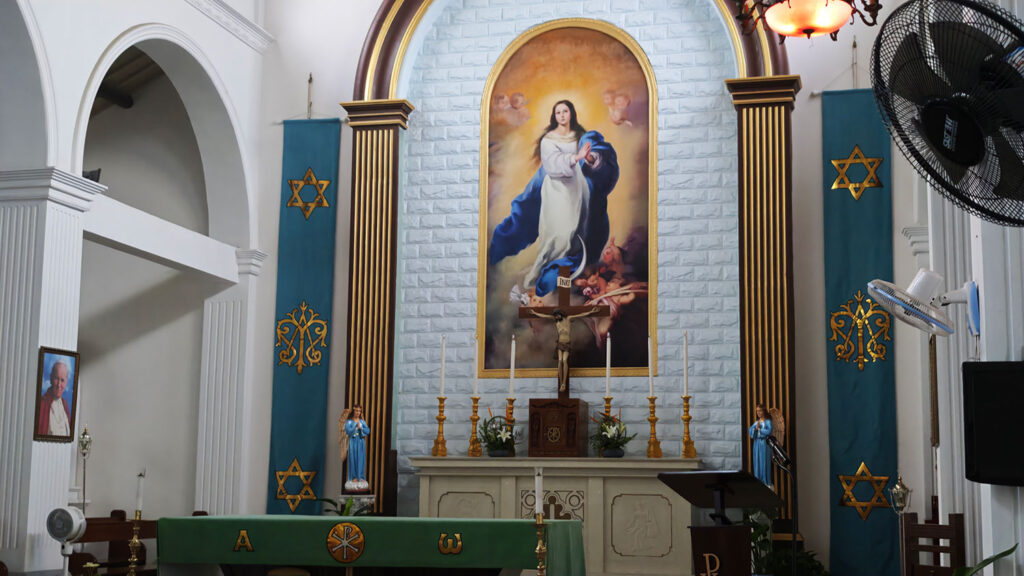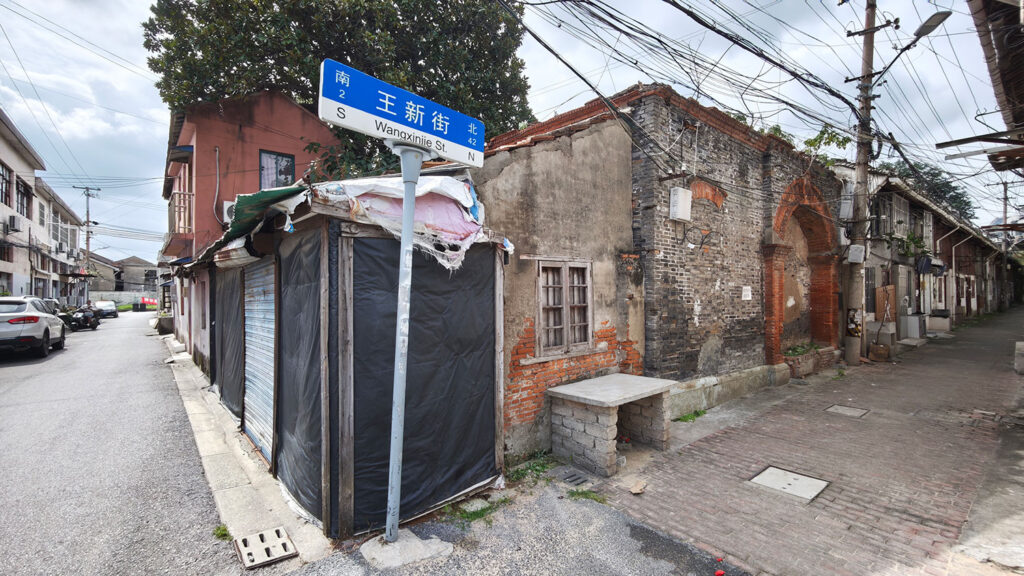This is sort of a trick question, as they technically didn’t wear “helmets,” but leather “flight caps” that covered the head and ears. These kept the pilots from getting too cold or going deaf while flying with their cockpit canopies open, which they sometimes did to get a better view when taking off, landing, or looking for landmarks.
Even if the kamikazes had access to the helmets of modern aviation, though, wearing them wouldn’t be a pointless endeavor on a mission to crash their planes into American warships. If you’re familiar with aviation or even gravity, you know that a pilot’s helmet is not going to do much good in most crashes. A plane meeting another solid object abruptly normally results in death, no matter what the pilot has on his or her head. What a helmet, or even a softer leather flight cap, is good for is protecting a pilot’s head from getting knocked by the cockpit canopy during high-speed, mid-air manoeuvring, like the kind you have to do to avoid gunfire while nosediving into a ship.
Couple this with the fact that kamikazes sometimes had to abort their missions before the explosive finale due to turbulence, weather or visibility issues, and the pilots’ protective headgear becomes much more apparent as an aid to help them complete their mission, not necessarily survive it.



